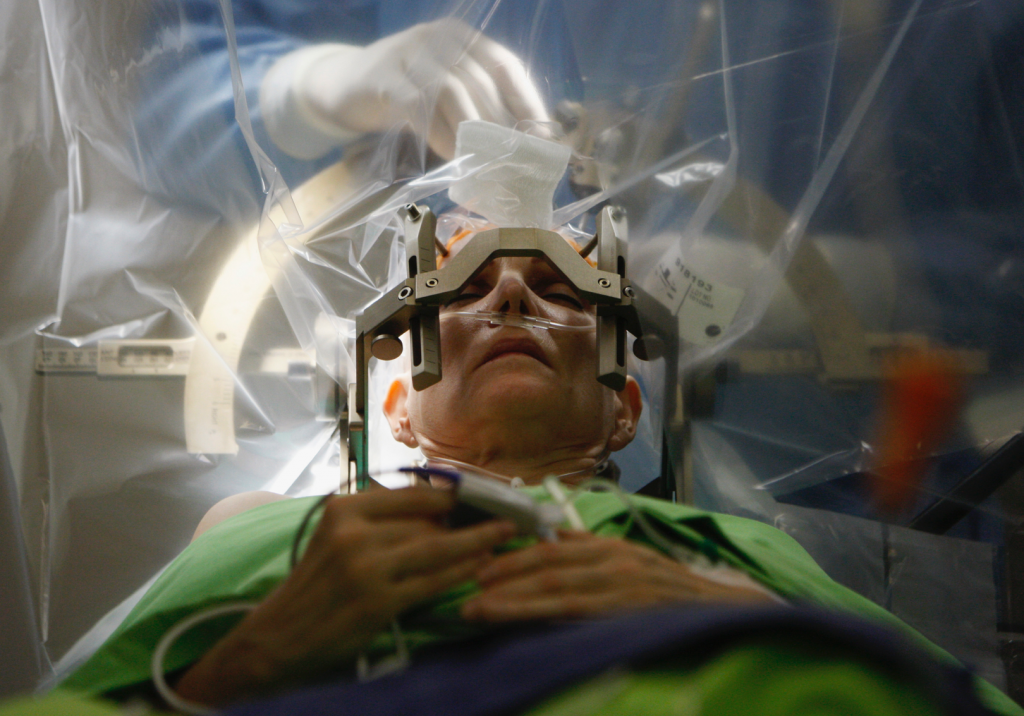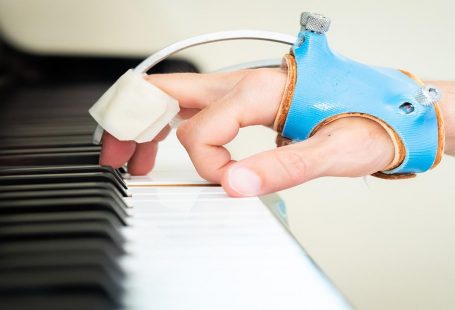
- In general, surgical referral for all types of dystonia can be considered in patients who have failed trials with anticholinergic drugs, benzodiazepines, and levodopa in generalized/segmental dystonia, or had no benefit or failure with botulinum toxin injections in cranial and cervical dystonia.
- There is currently no widely accepted consensus about which type of medication, which dose, or how many trials are needed before surgery.
- In general, it is not mandatory to have tried all available medications.
- Symptoms should be disabling enough to justify the surgical risk.
- The Burke-Fahn-Marsden (BFMD) Dystonia Rating Scale and the Toronto Western Spasmodic Torticollis Rating Scale (TWSTRS) are two validated and widely used scales used to measure dystonia disability and compare pre- and postoperatory outcomes.
- During the preoperatory assessment, it is generally important to consider using quality of life (QoL) scales, as this is often the main reason for surgery.
- Preoperatory investigations usually involve imaging, although there is no special technique requirement.
- Usually, a brainMRI scan is required to support the diagnosis of idiopathic or secondary dystonia.
- The presence of minor structural abnormalities in the basal ganglia in idiopathic dystonia is not a contraindication for DBS.
- In cervical dystonia, recurrent involuntary neck movements can often exacerbate osteoarthritic cervical spondylosis, which may be an independent factor causing neck pain.
- To assess the degree of arthritic spinal degeneration and any need for spinal surgery before or after DBS, a cervical spine MRI scan may be needed.
- In addition,skeletal imaging might be useful to quantify spinal deformities that are common in children with dystonia secondary to GAG deletion in the TOR1A gene (DYT-1)-related disease.
- Other evaluations that should be considered include a complete neuropsychology/psychiatric assessment before and after surgery.
- This is especially important in selected patients with psychiatric comorbidities because of high psychiatric comorbidity in the dystonia population and a few suicides have been reported after GPi DBS.




